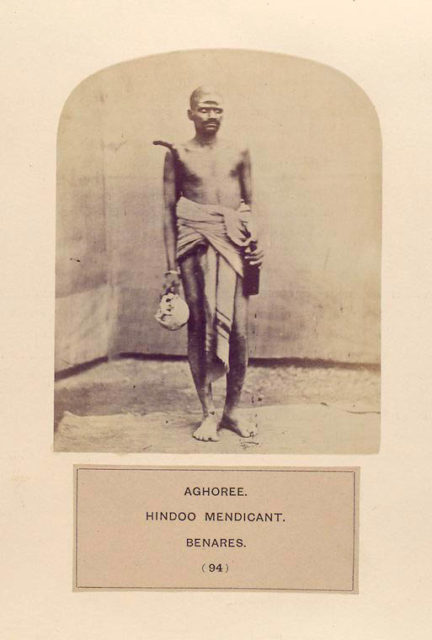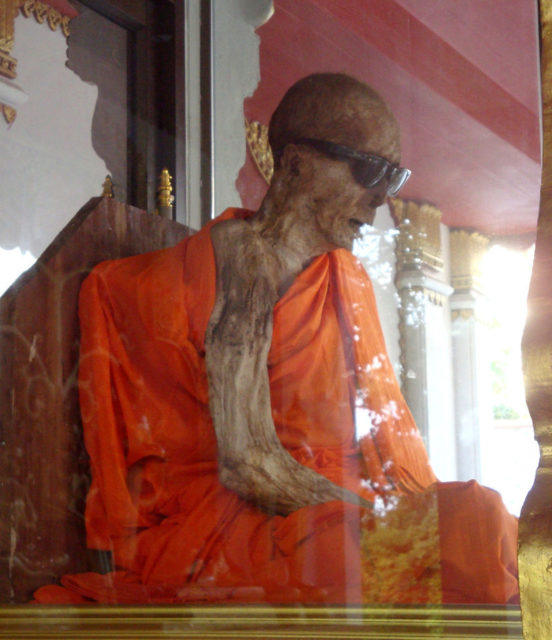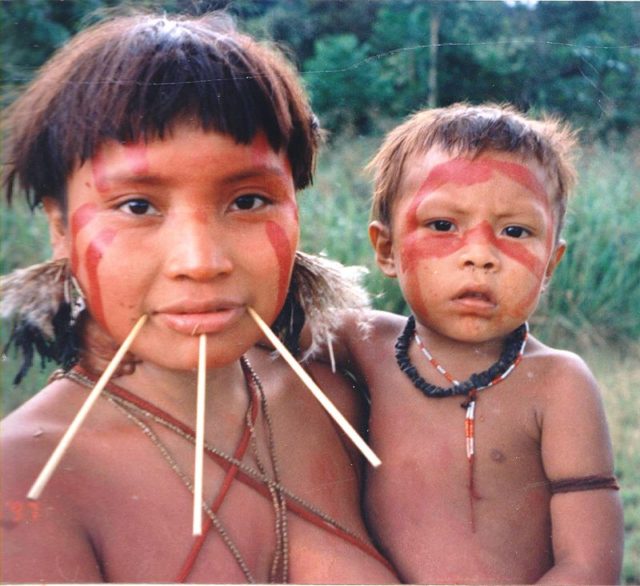Throughout history, there have been many rituals that groups and individuals participated in which were considered unusual or strange by others.
The following is a brief overview of several of the odd rituals that have their roots in the ancient world.
Some of these bizarre practices are used even in the present day.
Aghori and Incense in India

In India, the ascetic Shavia sadhus and Aghori (holy men) were known to be involved in post-mortem rituals.
They resided at the charnel grounds, where they used cremation ashes on their bodies.
They would use human bones to make jewelry and human skulls to create kapalas, which were ritual skull cups.
Their practices, which still go on today, are opposed to traditional Hinduism, so most of their acts go against the beliefs of other Hindus. The Aghori worship and meditate in locations others might call haunted houses.
Aghori gurus do command great respect from the rural populations, though, as they are thought to have healing powers that were obtained through their intense practices and rites of abandonment.
Other strange rituals preserved since ancient times also take place in India.
On a specific day of the year, believers would go to the temple where they inhaled a particular kind of incense that was burned by priests. The end result would leave them in a trance-like state.
After this event, the believers were guided by the priest to the village and the cemetery. At this place, they would dig out the bodies of their family and would start to feast on them.
The explanation was that with each bite the souls of the dead would gain more welfare and peace in the afterlife.
Once the ritual was finished, the believers would bury the corpses again.
After that, they would leave the cemetery and go back again the next day to perform the ritual again.
Japanese Self-Mummification

Another particular ritual was mummification. This was a practice that became forbidden in Japan during the 20th century.
The act was linked to a Buddhist sect,isolated from the world. However, several monks took this idea to the extreme by eating sparingly until they died.
By preserving their own bodies, the monks would then demonstrate their holiness.
Commonly, the ritual began with a three-year diet of nuts and seeds.
This was harmonized by a series of physical exercises that was meant to get rid of all body fat.
For the following three years, the diet could change to poisonous tea, roots, and barks that were created from the Urushi tree.
This tea was set up to make the monks vomit, therefore losing bodily fluids, killing off any maggots that may form in their body after death.
Eventually, the monk would lock himself in a tomb in the lotus position.
There, he would have a breathing tube and a bell he would ring to let others know that he was alive.
When the monk died, the tomb would be sealed up. To date, around 20 self-mummified monks have been found.
Yanomamo Death Consumption

The Tanomamo people of Venezuela have a ritual of eating their dead.
This ceremony long predates the community’s discovery by westerners.
The Yanomamo are one of the few polygamous societies that are left on the globe.
They would take hallucinogens when they felt sick. Still, their death rituals were the oddest aspect of the tribe.
This ritual was linked to the belief that the dead were taken by soul eaters.
They would have the unquenchable hunger to consume their life force, and if the chain was not stopped, they would continue to devour the entire world.
As an end result, to be able to stop the evil soul eaters, the Yanomamo would eat their own deceased.
The first thing would be to cremate the body, and then they would grind up the largest bones in a mortar and pestle. They would use the end result as the base for a soup, Ancient Origins reported.
Thookkam was a festival held in India. People were pierced by hooks and then hoisted onto a frame for several hours.
Although it has ancient origins, the festival was just recently banned by the Indian government.
This event would take place in South Kerala, in temples that were devoted to Kali. People would dance and the blood was said to pacify Kali from going on an awful rampage.
The believers were hooked on a sort of scaffolding frame and carried three times about the temple.
The blood that was spilled was then offered to Kali in order to please her.
